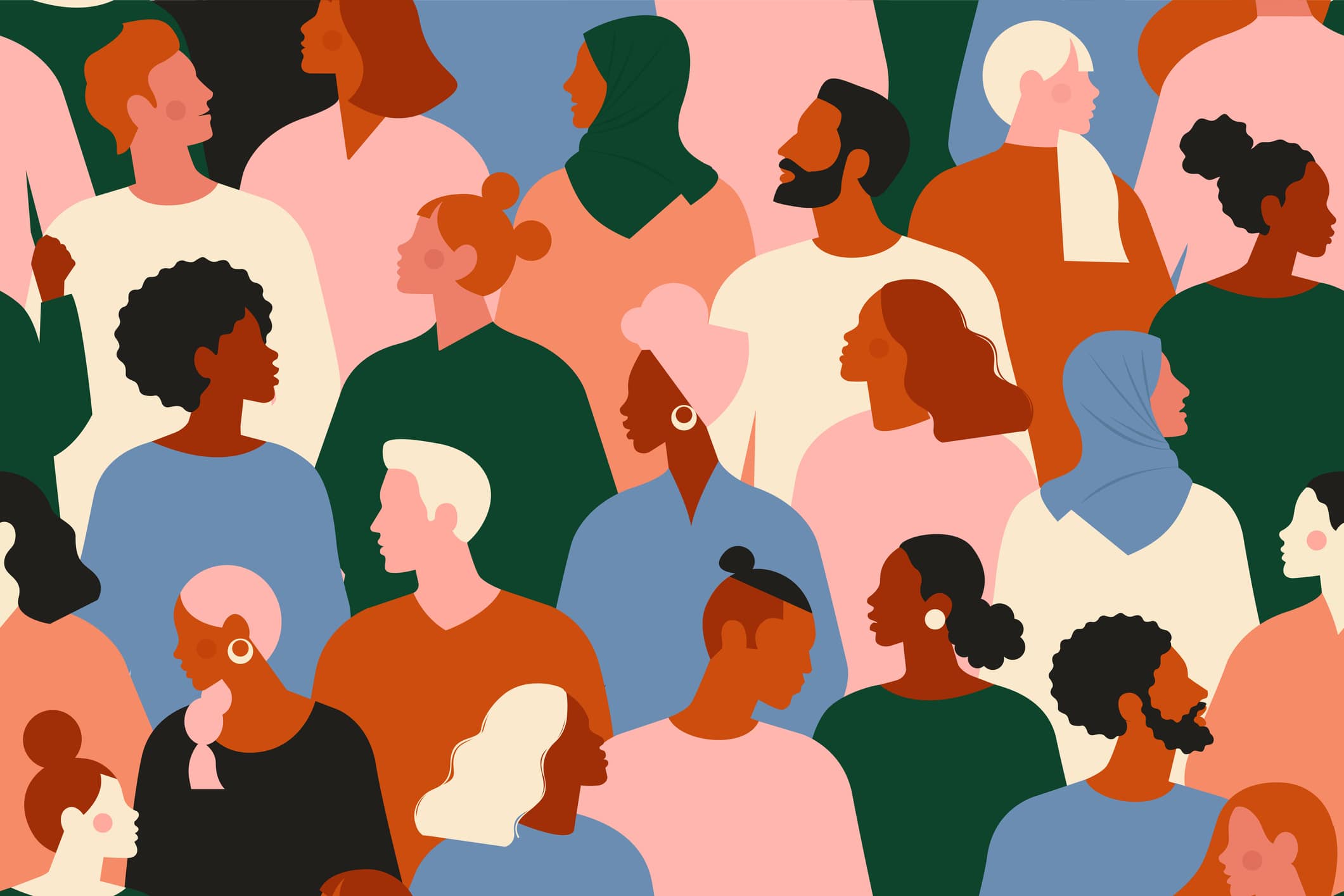Our world holds eight billion people with different cultures, education, genders, and physical and mental limitations – that’s something to honour and celebrate. Brands that embrace these differences can create meaningful interactions with their consumers.
However, great branding or user experience don’t happen by default, they are thoughtfully planned and designed by considering a variety of needs and expectations.
What do Diversity, Equity, Inclusivity, and Accessibility mean?
First, let’s clarify what Diversity, Equity, Inclusivity, and Accessibility (DEIA) means.
Diversity means recognizing that everyone is different in a variety of visible and non-visible ways.
Inclusivity refers to valuing differences and making sure that everyone feels that they belong through feeling safe in being themselves and that their contribution matters no matter their race or background.
Equity is giving all people fair and just treatment, access, opportunity, and advancement. One’s identity should not predict the outcome.
Accessibility is removing barriers that prevent people from using a product or service by designing systems that all people can utilize.
Okay, but how does this apply to branding and user experience?
Importance of DEIA efforts in branding and user experience
One size does not fit all. When DEIA is not considered in designing a branding strategy or use experience, the outcome of the product leaves many people behind, unintentionally excluding them from using it.
While our own intuitions, feelings, and personal experiences can be valuable, we must keep in mind of the needs and experiences of the various users our product or service are serving.
How do we make our product or service more diverse and inclusive
There are many things that can be done to make your product more accessible to all different users. We’ll share 3 ways that we find are the most helpful for us.
Recognize and learn from others
It takes effort to communicate with those different than us, but it’s important to invest in building new relationships that can have an impact on our decision-making processes.
We need to learn how to receive feedback, listen, and make changes based on what we heard. It’s also crucial to acknowledge these people for their contributions to our work.
Use inclusive imagery
It’s important to connect your audiences with diverse experiences. The imagery you use on your social media posts, website, or emails can make a difference in making your audiences either feel welcome, or wanting to click away.

Illustration of diverse group of people
Use images and graphics that represent diversity that shifts away from stereotypes. And these imagery should be used for all content, not just the ones related to DEIA.
Offer different ways of engagement
Offering your users different ways to engage with your brand allows them to choose the method that suits them best.
For example, offering closed captions to those who have hearing impairments can boost their experience. Or ensuring that the colours you use on your platforms are colourblind-friendly.
Successful DEIA efforts across the world increases the diversity of talent, so the product or service that we create must also keep pace with and be empathetic to the unique requirements of the community we serve.
At KIMBO, we are trying to make the internet a more diverse, inclusive, equal, and accessible place and make thoughtful decisions to ultimately create websites that can be used by everyone. We offer comprehensive website audits and complete website builds that can help make your website more accessible. Get in touch with us today!


